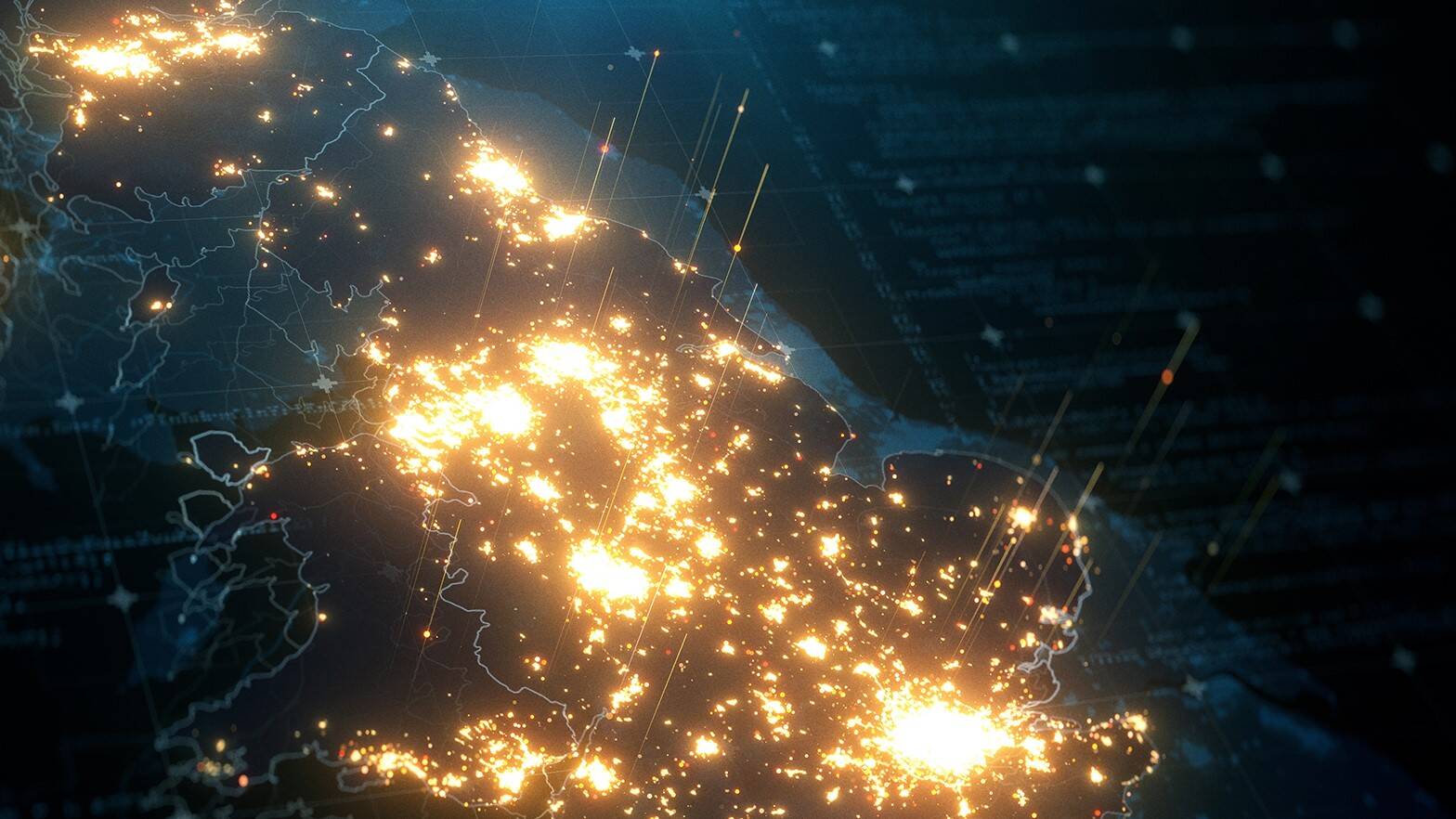You’ve reached your limit!
To continue enjoying Utility Week Innovate, brought to you in association with Utility Week Live or gain unlimited Utility Week site access choose the option that applies to you below:
Register to access Utility Week Innovate
- Get the latest insight on frontline business challenges
- Receive specialist sector newsletters to keep you informed
- Access our Utility Week Innovate content for free
- Join us in bringing collaborative innovation to life at Utility Week Live

The recent heatwave is an important reminder of what lies ahead as our climate continues to warm – an increase in the scale and frequency of extreme weather events, which will cause greater strain and impact on our energy systems, the Centre for Net Zero’s Lucy Yu explains.
 Several countries around the world are currently encouraging their citizens to reduce their energy usage, both as a result of extreme temperatures and geopolitical tensions.
Several countries around the world are currently encouraging their citizens to reduce their energy usage, both as a result of extreme temperatures and geopolitical tensions.
The Japanese government just announced that it’s asking 37 million people to switch off their lights, while three of France’s top energy suppliers have taken the unprecedented step of joining forces to encourage people and businesses to immediately reduce their consumption. In these extreme scenarios, as German economy minister Robert Habeck has warned, ‘every kilowatt hour counts’.
Yet as we transition away from our reliance on gas and towards an increasingly electrified, decentralised energy system, there are huge opportunities to intelligently match supply and demand. The proliferation of distributed energy resources (DERs) will increase the complexity of future energy systems while simultaneously increasing their potential for flexibility and resilience.
 Much of the recent work that we’re undertaking at Centre for Net Zero is designed to improve understanding of how DERs might work as part of the future energy system under ‘normal’ conditions. But it’s important that we move beyond this single horizon and consider the best system-level approaches when normal conditions no longer apply, and the factors that should influence those approaches.
Much of the recent work that we’re undertaking at Centre for Net Zero is designed to improve understanding of how DERs might work as part of the future energy system under ‘normal’ conditions. But it’s important that we move beyond this single horizon and consider the best system-level approaches when normal conditions no longer apply, and the factors that should influence those approaches.
So, how can we maximise resilience during challenging times?
For policy-makers, there are a series of rules and hierarchies that can be applied to manage the system. Just as governments switched between mandating and encouraging certain behaviours from the general public during the Covid-19 pandemic, so too can they deploy measures such as restrictive maintenance periods and voluntary load reductions in the context of energy.
It’s important that we model these interventions to understand the implications of different potential approaches and what they mean for fairness, system recovery – how quickly we can return to business-as-usual – and total system costs.

Moreover, there is opportunity to share these insights with communities, determine how resilience is valued according to places and population, and identify priority actions and trade-offs at a local level. This can, in turn, inform local policy-making.
Over the last decade, ‘energy justice’ has been increasingly used as a framework to address the moral implications of energy decision-making, but we’re still in the embryonic stages of identifying the issues that arise from an increasingly digitised energy system. We know that tech, automation and AI can be hugely helpful in managing DERs and building resilience in these extreme scenarios, but their use, in combination with government intervention, requires careful management.
I’ve outlined some key areas for consideration below.
Defining an ‘extreme weather event’ or ‘emergency condition’
 As ‘historic’ and ‘unprecedented’ storms, freezing winters and dry spells become the new normal, how we define extremities and emergencies will become more challenging.
As ‘historic’ and ‘unprecedented’ storms, freezing winters and dry spells become the new normal, how we define extremities and emergencies will become more challenging.
While weather will be a key driver of these scenarios, there are other factors that can push an energy system outside of its normal parameters – and we’re currently seeing this play out across Europe following Russia’s invasion of Ukraine.
Identifying who is using energy and how – and protecting critical energy consumption
 Much of modern life runs on intelligent algorithms, providing relevant news feeds and bespoke shopping recommendations. Yet there are numerous examples of discriminating algorithms reproducing or amplifying human biases, from racism to sexism, which means that we must be vigilant when it comes to the challenges of a digitalised energy system.
Much of modern life runs on intelligent algorithms, providing relevant news feeds and bespoke shopping recommendations. Yet there are numerous examples of discriminating algorithms reproducing or amplifying human biases, from racism to sexism, which means that we must be vigilant when it comes to the challenges of a digitalised energy system.
How do we identify what energy intensive activities can take place and by whom? For example, can we avoid a scenario in which one family is able to charge their second EV whilst another can’t run its washing machine? And how do we categorise ‘essential’ business and protect critical services such as the chilling of medicines and food?
Setting minimum standards during extreme scenarios
In a really cold or hot scenario, who sets the minimum and maximum levels of ‘comfort’ and any associated legislation requires deliberation.
It’s important to consider how temperature change affects people differently according to their age, gender and health status – and how it affects different buildings according to their energy efficiency.
Moreover, what counts as baseline energy consumption? If we employ dynamic pricing unilaterally to discourage people from using energy during peak times, we might penalise poor families trying to use energy during this time who already consume energy frugally.
Understanding the implications of access to low carbon technology and flexibility services
 We know that the distribution of tech is uneven, particularly when it comes to low carbon technologies (LCTs). Whilst LCTs will become more widely adopted as they fall in price, wealthier families with multiple different types of smart tech might be able to participate more easily in energy shifting and profit from the opportunities that dynamic pricing affords, thereby exacerbating the pre-existing gap between the rich and the poor.
We know that the distribution of tech is uneven, particularly when it comes to low carbon technologies (LCTs). Whilst LCTs will become more widely adopted as they fall in price, wealthier families with multiple different types of smart tech might be able to participate more easily in energy shifting and profit from the opportunities that dynamic pricing affords, thereby exacerbating the pre-existing gap between the rich and the poor.
The good news?
By looking ahead and using advanced modelling techniques, we are able to simulate the impact of extreme weather events on electricity systems and consider the levers that policy-makers and governments can use to increase resilience, from encouraging behavioural change to implementing new policies and rolling out smart technologies.
As we begin to understand the implications of interventions or combinations of interventions that can help build critical resilience in the system, we can protect vulnerable communities, improve local decision making and uphold a just energy transition.
Please login or Register to leave a comment.